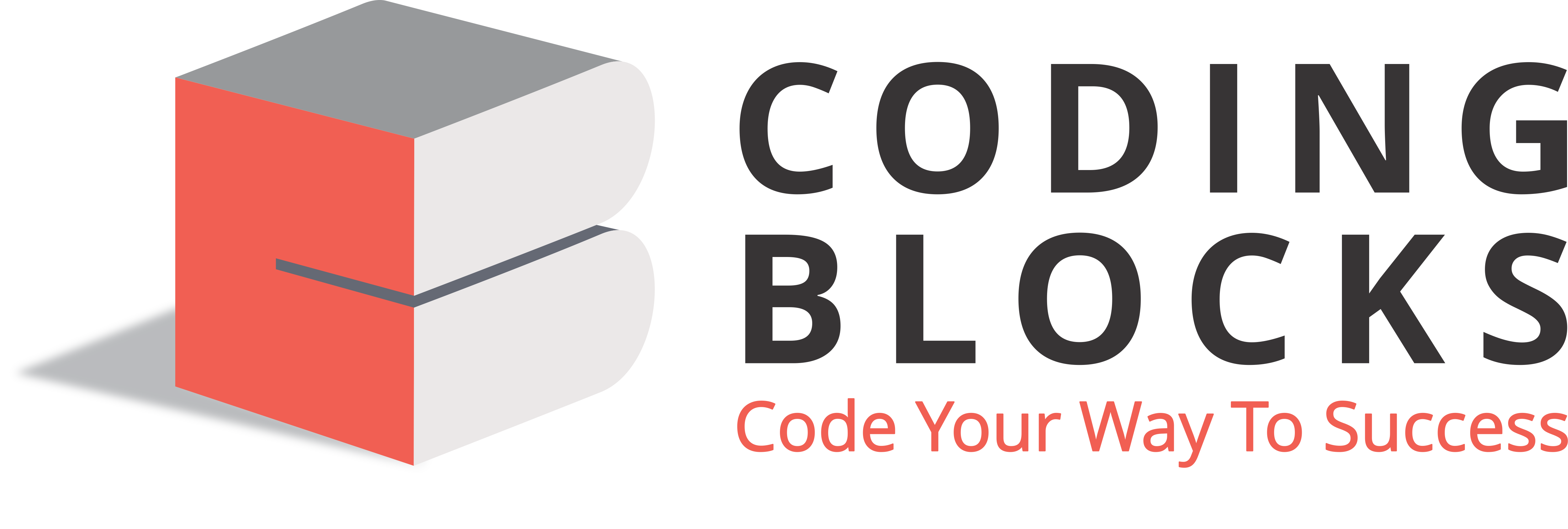-
First of all Sir normalized the X_train but not the Y_train.
-
If we normalize both X_Train and Y_Train, It doesn’t change the value of theta to be calculated. Is that correct ??
-
I have just understood that Normalization is used to bring the ranges of parameters close to each other.
Then what will happen if only the larger parameter ( like the salary ) is normalized and not the smaller parameter( like the age ) ?

